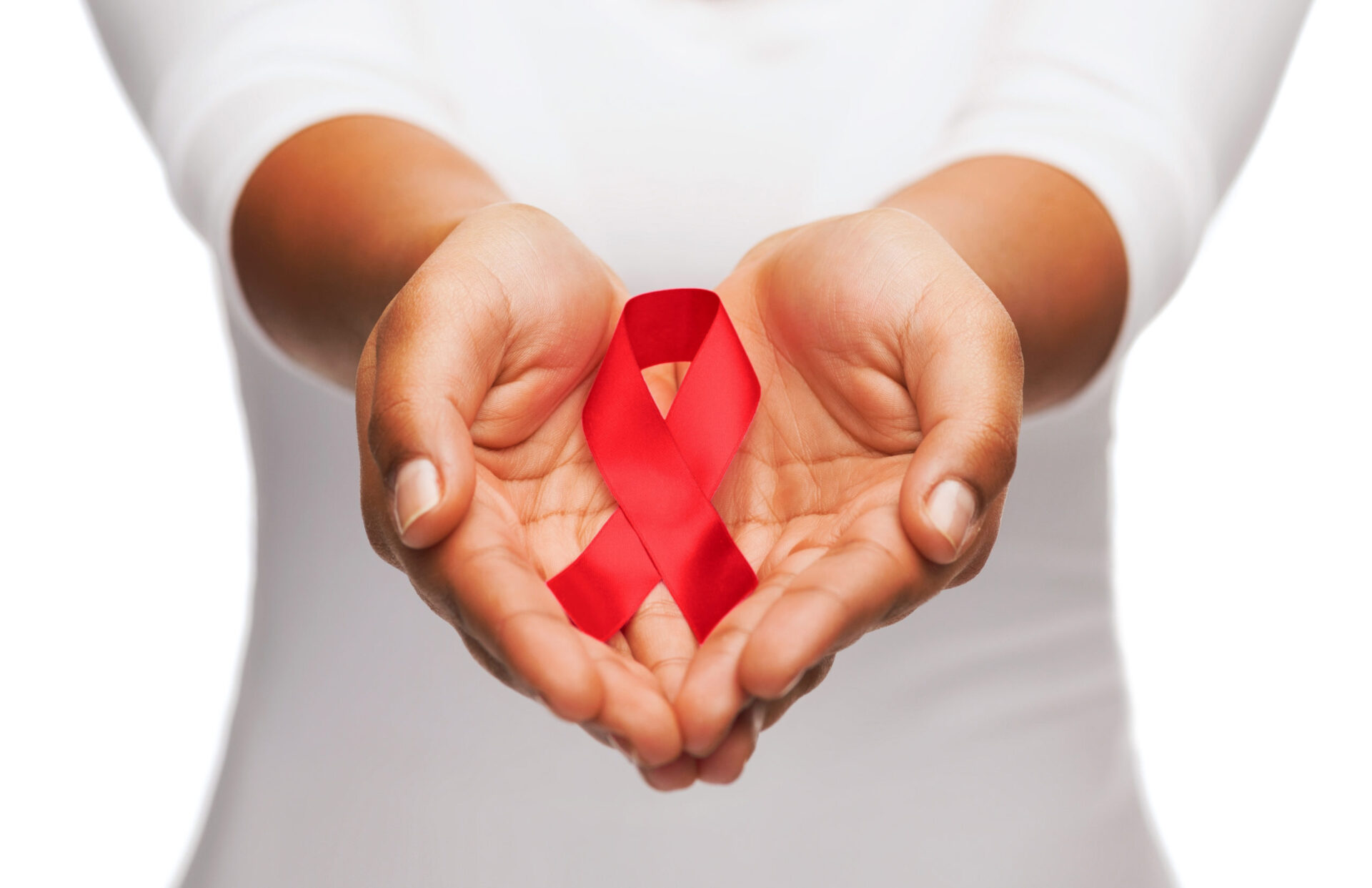
HIV can affect anyone regardless of sexual orientation, race, ethnicity, gender, age, or where they live, yet, Black/African-American communities are disproportionately affected by HIV compared to other racial and ethnic groups in the US.
Why? This prevalence is explained by a range of social, economic, and demographic factors such as stigma, discrimination, income, education, and geographic region.
When it comes to prevention, there’s one thing we know for sure: Routine screening and testing can help to prevent new HIV infections in the Black community, especially for Black women.
While the numbers of those living with the disease are dropping, we haven’t seen the same reductions happen among Black communities across gender and sexual identity.
For National Black HIV/AIDS Awareness Day, which was February 7 this year, let’s look at the numbers behind this disease exposure. Plus, we’re sharing ways to keep yourself and others safe during sex and even tips for routine care.
The Centers for Disease Control and Prevention (CDC) says that about 1.1 million Americans are living with HIV, and 42% of all new infections are among teens and adult African Americans. However, there’s no way of finding out a partner or potential partner’s HIV status or knowing whether having unprotected sex with them will be risky just by looking at them.
In fact, an HIV infection doesn’t usually cause symptoms in its early stage. Many people (about 1 in 7) who are HIV-positive are unaware that they have the infection, making them more likely to transmit the virus to sexual partners.
According to the CDC, an estimated 476,100 African Americans had HIV as of the end of 2016. Of that number, 6 out of 7 were aware that they had the virus. For context, African Americans represent 13% of the U.S. population, but they made up 44% of infections in 2016. (That’s where those social, economic, and demographic factors come into play.)
Similarly, Black women are almost 18 times more likely to die from HIV and AIDS than non-Hispanic white females. Routine testing can be the key to turning the tide.
The U.S. Preventive Services Task Force (USPSTF) recently released new recommended screening guidelines for HIV.
It gave a grade A recommendation for routine HIV screening for everybody ages 15 to 65 and younger adolescents and older adults at an increased risk of HIV infection.
It also gave a grade A recommendation for screening for all pregnant women, including those in labor whose HIV status is not known.
Under the Affordable Care Act (ACA), private health insurance policies created after March 23, 2010, are required to offer all preventive services to which the USPSTF has given an A or B recommendation at no out-of-pocket cost to the consumer.
The ACA also gives state Medicaid programs money to cover USPSTF-recommended preventive services for adults.
Telemedicine for HIV screening is especially beneficial for those who live in rural areas and may not have a clinic nearby. Plus, it has the added benefit of an extra layer of privacy for those who are concerned about being seen at a clinic. Here at Care On Location, we’re always supportive of those seeking guidance and support on this issue.
If you think you may have been exposed it’s important to seek treatment right away. For those who are HIV-negative, there is medicine that can help prevent the virus from infecting your body.
Once identified by screening, the hope is that a person with an HIV infection can:
A suppressed viral load means better health outcomes for people with an HIV infection, as well as a lower chance of transmitting the infection to partners.
Under the new guidelines, HIV screening will be easier for providers since they will no longer need to find out a patient’s risk status before offering to test. With this change, the stigma of testing is more likely to go away!
Routine testing will also help reduce the number of late diagnoses.
One-third of people with HIV are diagnosed so long after they acquire an infection that they develop AIDS — the syndrome that results from untreated HIV — within 1 year of diagnosis.
A person can be HIV-positive for as long as 10 years before being diagnosed, which makes them unable to take advantage of early treatment.
The unequal impact of HIV on Black/African-American communities is also seen in the number of new HIV infections, which means that effective prevention and treatment education and methods aren’t actually reaching the people who’d benefit most, yet, systemically have the lowest access.
Getting tested and educated can provide personal empowerment. Here are some things everyone can do:
Together, we all have a role to play. For Black women, it’s even more important that you:
Need a starting point? We’re here for you!
Care on!